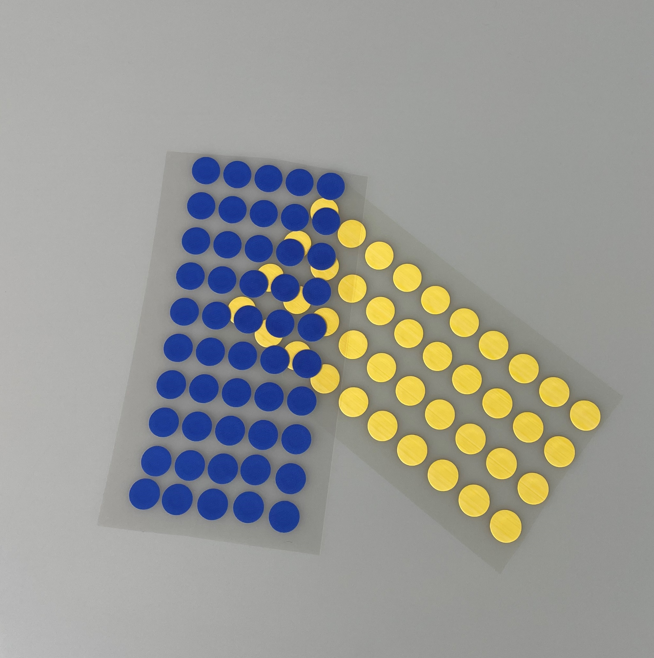air permeable membrane
An air permeable membrane represents a revolutionary advancement in modern construction and manufacturing technologies, designed to regulate moisture and vapor transmission while maintaining structural integrity. This sophisticated material functions as a selective barrier that allows air and water vapor to pass through while preventing liquid water penetration. The air permeable membrane utilizes advanced polymer engineering and microscopic pore structures to achieve optimal performance characteristics. These membranes typically consist of synthetic materials such as polyethylene, polypropylene, or specialized composite materials that have been engineered with controlled porosity. The technological foundation relies on microporous architecture where pore sizes are carefully calibrated to permit gas molecules while blocking larger liquid droplets. Manufacturing processes involve precision extrusion, stretching, or lamination techniques that create consistent pore distribution throughout the membrane surface. The air permeable membrane operates on fundamental principles of diffusion and selective permeability, enabling controlled environmental exchange. Key technological features include exceptional durability against UV radiation, temperature fluctuations, and chemical exposure. These membranes demonstrate remarkable tensile strength and flexibility, allowing installation across various surface geometries without compromising performance. Applications span numerous industries including construction, automotive, textiles, and medical devices. In building construction, the air permeable membrane serves as house wrap, roofing underlayment, and wall system components. Automotive applications utilize these membranes in vehicle interiors, seating systems, and protective covers. Medical applications encompass surgical drapes, wound dressings, and protective garments. The membrane's versatility extends to agricultural uses such as greenhouse coverings and crop protection systems. Industrial applications include filtration systems, packaging materials, and protective barriers for sensitive equipment. The air permeable membrane continues evolving through nanotechnology integration and smart material development, promising enhanced functionality for future applications.


